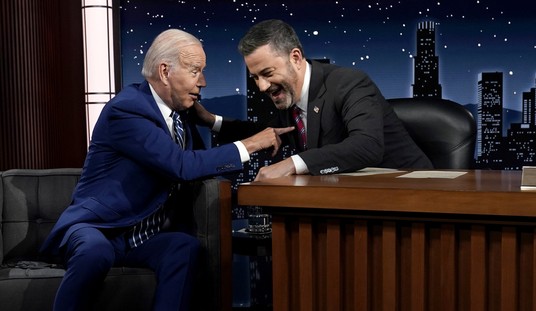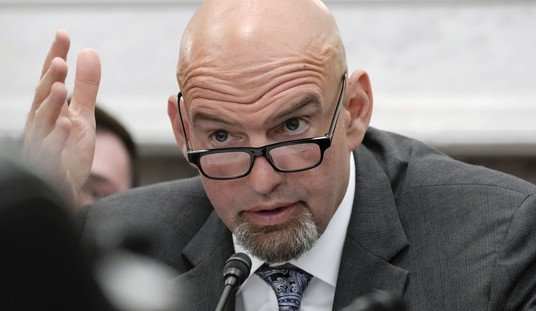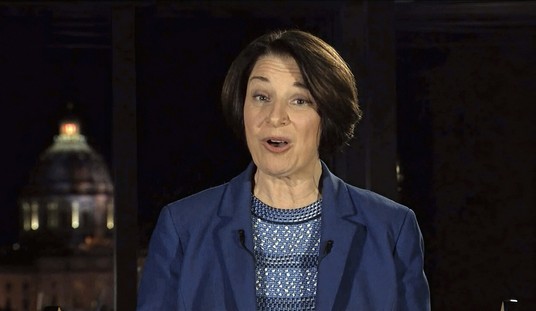This is a question that’s increasingly on the minds of both politicians and citizens as the coronavirus pandemic continues to roll out. What role, if any, does America’s military have to play in handling this crisis? Just this weekend we heard the Governor of New York calling on the White House to deploy the military for the conversion and construction of new hospital facilities in New York City. The military has already been deployed to the southern border to help cut down on border jumpers, some of whom may be disease carriers. Other uses for our troops are already being mulled.
The Associated Press published a disquieting analysis of precisely how far this trend might go and what the constitutional limits on the use of the military in civilian settings are.
The Pentagon is already helping combat the coronavirus outbreak in the United States and is considering ways to do more.
But the military faces limits. Its health care system is geared more toward handling combat casualties than infectious diseases. And there are logistical and legal concerns about expanding the military’s role in civilian affairs, such as tasking it with enforcing quarantines. Defense officials also want to be careful not to do anything to weaken its ability to defend the nation.
U.S. Northern Command, which is responsible for defending the U.S. homeland, said in a statement Monday that any Defense Department assistance to the coronavirus crisis “would be secondary to our primary mission to defend the United States. A range of planning efforts cover scenarios which include aiding in the establishment of medical treatment sites, providing shelter for displaced persons, assisting with food transportation, and numerous other logistical efforts.”
As noted in that excerpt, the military has a lot of doctors and medical facilities, including two massive hospital ships, that could be deployed to directly help in dealing with those who are infected. But the problem is that most of those facilities, as well as their doctors, are generally designed and trained to deal with battlefield injuries. They aren’t really set up to deal with mass outbreaks of infectious diseases. And if they call up any reservists to help out, those people are very likely already dealing with civilian patients so we’d be taking them away from the private sector work they’re already engaged in.
The more disturbing image is the idea that the military might be needed to enforce quarantine areas and control crowds. That subject is already being brought up, however. For one example, in Baltimore, City Hall has announced that the police are ready to start arresting people who violate orders to shelter in place. But what if there are more people taking to the streets than the cops can keep under control?
The Department of Defense has a “pandemic response plan” which includes “a last-resort role in helping to impose quarantines and border restrictions.” This is going to come as disturbing news to a lot of people if President Trump decides to put that on the table.
Typically, as most of you are already aware, the military can not be used for any sort of civilian, domestic law enforcement purposes because of the Posse Comitatus Act. But if the President declares a national state of emergency, there is an exception to that rule which would involve invoking the Insurrection Act of 1807. That allows the President to deploy the military domestically “to suppress, in any State, any insurrection, domestic violence, unlawful combination, or conspiracy.” Not only is that law still on the books but in the aftermath of Hurrican Katrina, Congress amended the act, allowing for similar use of military force in response to ” natural disasters, epidemics, or other serious public health emergencies, terrorist attacks or incidents, or other conditions.”
So the authority exists to deploy the troops to maintain control of the public during an epidemic if there is widespread refusal to follow quarantine instructions. Is that really something anyone wants to see? It paints a rather grim, dystopian picture of the short-term future of the United States. But it’s also part of the larger conversation I brought up earlier about the limits of executive power during a crisis. And we are moving closer and closer to seeing those limits tested in a potentially disastrous way.








Join the conversation as a VIP Member